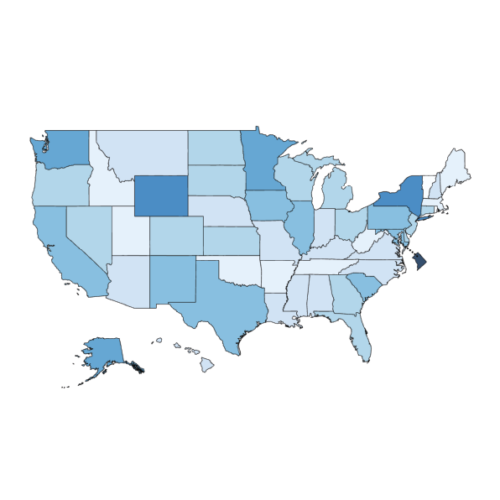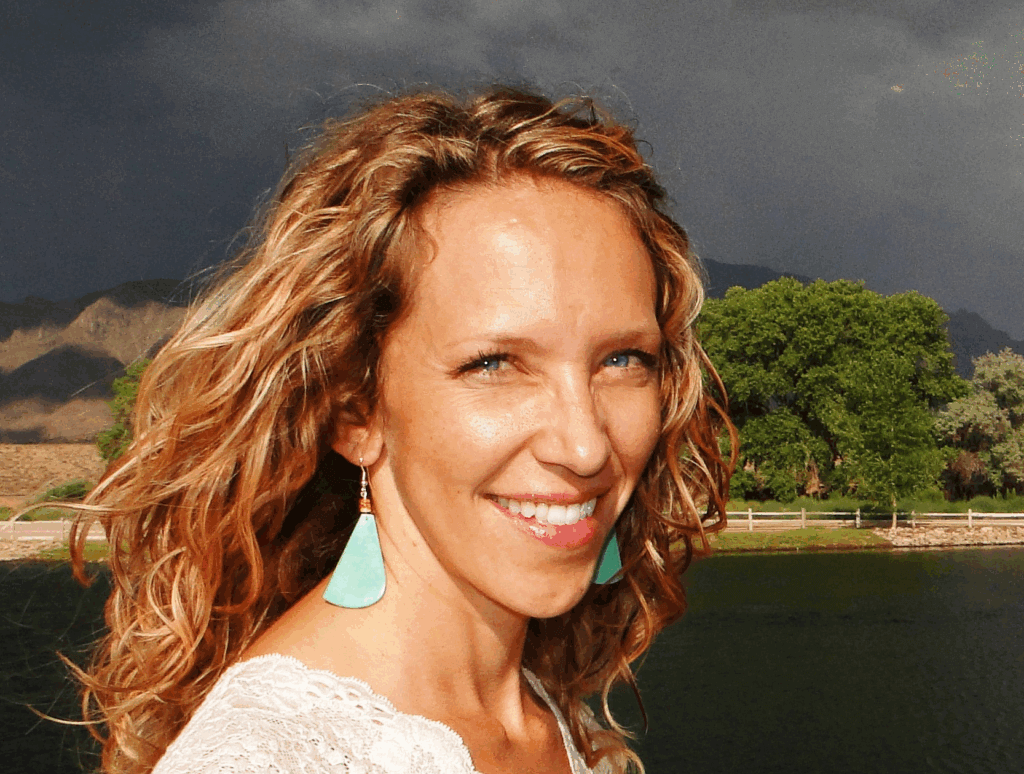- Home
- Blog Posts
- Embedding Sustainability in Facilities: Lessons from a Texas School District
Embedding Sustainability in Facilities: Lessons from a Texas School District
Written by National Center on School Infrastructure (NCSI),
Representing diverse public sector voices from across the country, NCSI’s Advisory Committee members bring a wealth of expertise and experience from the field that has helped shape NCSI’s priorities. Over the course of this year, we are featuring Advisory Committee members speaking about insights gained through their work to drive school infrastructure improvements. Here we interviewed Darien Clary, Sustainability Director at Austin Independent School District in Austin, TX, to hear about her efforts to systematically boost sustainable practices in the District.
As Director of Sustainability at Austin (TX) Independent School District (AISD), Darien Clary has spent nearly a decade building a program that embeds sustainability deep into the heart of a major urban school district. Every day, her work enhances the experience of 73,000 students and thousands of staff on 116 campuses by creating healthier, environmentally responsible, and inspiring school environments—and it offers lessons on how school systems across the country can tackle climate challenges, engage communities, and prepare students for a changing world.
Operations, Teaching, and Community—A Three-Pronged Strategy
AISD’s sustainability efforts span three key spheres: operations, teaching and learning, and community engagement.
In operations, that means making decisions about building systems, energy efficiency, zero waste practices, and responsible purchasing. A current bond program has enabled the district to rebuild many aging facilities with sustainability in mind. As Clary explains, “We’re rebuilding schools to better serve the students that are already in those facilities.”
On the teaching and learning side, the district integrates sustainability into student learning experiences. Through a partnership with EcoRise, a nonprofit that works nationally to develop youth leadership around environmental issues, teachers have access to curricula that turn school buildings into “living labs” that connect classroom learning with real-world environmental systems. Outdoor learning is a growing priority, with training provided as part of the EcoRise partnership to help teachers feel confident using natural spaces for instruction.Finally, community engagement remains a central piece of the AISD’s approach. AISD’s Environmental Stewardship Advisory Committee, which includes students, families, staff, and community partners, helps ground the district’s work in local perspectives and priorities.
Making Sustainability Everyone’s Job
It’s no easy feat to integrate sustainable practice into every aspect of an organization, but Clary doesn’t see sustainability as an isolated role. Her philosophy: ensure that sustainability is deeply integrated across departments—from construction management to food service to teaching and learning.
To achieve that level of districtwide commitment, Clary works with Department heads to include sustainability responsibilities in job descriptions throughout the organization and collaborates with colleagues to embed sustainable practices into everyone’s daily operations. Some of these collaborations rely on strong internal allies, such as the executive director of transportation, who champions the district’s push for electric buses. Other collaborations have led to new roles, such as the creation of an urban forester position in partnership with the city.
Her approach is twofold: make sustainability efforts more effective by grounding them in each department’s existing work, and protect the longevity of these efforts by weaving them into the fabric of the organization. “That’s been fantastic, to build sustainability into our school system by embedding sustainability minded positions and roles within departments.”
Sustainability at Scale—and at Risk
AISD’s size gives it the potential to model sustainability on a large scale. The district owns more than 2,000 acres across its school sites and is one of Austin’s biggest landholders. That makes district decisions about land use, buildings, and infrastructure consequential for the city’s future—and positions schools as key players in broader urban planning conversations.
But Clary acknowledges the fragility of sustainability initiatives, too. Due to decreasing funding for public education, AISD just completed its third round of layoffs in 4 years. Her position, once fully covered by AISD’s general fund, now depends entirely on other funding sources. “In public education, there’s always a risk that your position can go away,” she says. But she also notes that sustainability can pay for itself. For example, initiatives led by Clary and her team to install solar and building automation systems are projected to save the district $1.2M every year. “It really is in a school district’s best financial interest to keep money-generating and cost-cutting sustainability initiatives—and the staff who maintain those initiatives—in place.”
Despite these challenges, Clary remains committed. She draws inspiration and practical tools from a network of peers across the country—tapping counterparts in Portland, Sacramento, and Boston to share policies and programs. Clary hopes to see an eventual centralization of knowledge, such as the NCSI Resource Library, gain traction among her colleagues nationwide. “We don’t want to reinvent the wheel,” she says. “We don’t have time to do that in this field anymore.”
Confronting Local Economic and Climate Challenges
A major challenge Clary confronts in her work is Austin’s growing economic inequality. Some AISD schools serve affluent communities, while others serve some of the nation’s most economically disadvantaged students. That discrepancy shows up in facilities, outdoor access, and educational resources—and requires a nuanced, intentional sustainability strategy.
Furthermore, the sustainability issues Clary confronts aren’t solely climate-related. The rapid growth of Austin in the last ten years—it was the nation’s fastest-growing metropolitan area from 2010 until 2022—created challenges in housing affordability as well. Fortunately, AISD’s land holdings equip Clary and her team to provide support to educators beyond just school facilities maintenance: AISD’s Planning and Asset Management Department has partnered with a development group to turn an unused school property into affordable housing for teachers. Clary explains, “AISD still owns that asset. So AISD decided to take on this bold role because the rising cost of housing is affecting our workforce.” The new housing on district property will be built to green building standards to ensure lower utility bills and a healthy sustainable environment for residents. AISD will remain the landowner, allowing for a 100% property tax exemption, which will enable it to offer lower rents.
A Broader Role for Schools
Clary hopes to see schools recognized more fully for their role in building a sustainable future in communities. Clary believes, “Sustainability work is never complete. We can always be doing better.” She points out that most Americans spend a significant portion of their childhood inside a school building—and that the design, health, and resilience of those buildings matter deeply.
“Stronger schools, stronger Austin,” she says. “Stronger schools, stronger nation.” It’s a message grounded in years of hard-won experience—and one that should resonate well beyond Texas.




